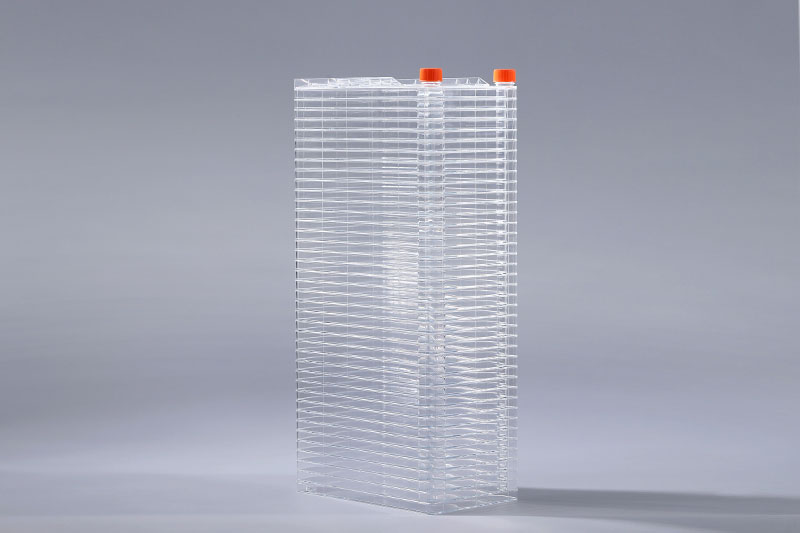細菌汚染は、細胞工場を使用して大腸菌、表皮ブドウ球菌、シュードモナスなどの細胞を培養する場合の一般的な汚染源です。細胞が細菌に汚染されている場合はどうすればよいですか?
汚染:細菌汚染は他の汚染源とは異なります。細胞工場の細胞が汚染されると、簡単に検出できます。ほとんどの場合、培養液は短時間で黄色に変わります。これは、大量の酸性物質が生成され、明らかな濁りが発生していることを示しています。培地は最初は混合していませんでしたが、少し振ると多くの濁った物質が浮き上がりました。倒立顕微鏡で観察すると、培地中に多数の球状粒子が浮遊しており、細胞表面やその周辺に多数の細菌が存在し、細胞の増殖が止まって中毒を示すことがあります。必要に応じて、細菌の種類を決定するための染色のために少量の培地塗抹標本を採取することができます。一部の培地の変化が明らかでなく、汚染が疑われる場合は、少量の培地をブロス培地に添加し、37度で培養して検出することもできます。
汚染の処理:細菌汚染が見つかった後、ショック治療は通常の抗生物質の5〜10倍の量で行うことができ、従来の培地は24〜48時間の投薬後に交換することができます。この方法は、初期の汚染に効果的です。発見が遅く、汚染が深刻な場合は、細胞を廃棄することをお勧めします。
細菌汚染の鍵は予防です。細胞工場の培地に抗生物質を加えることで、少量の細菌汚染を防ぎ、排除することができます。複数の細胞培養を行う場合は、細胞間感染を防ぐために装置を厳密に分離する必要があります。
The FAI climbed 5.9 percent year-on-year in the first 11 months of 2018, quickening from the 5.7-percent growth in Jan-Oct, the National Bureau of Statistics (NBS) said Friday in an online statement.
The key indicator of investment, dubbed a major growth driver, hit the bottom in August and has since started to rebound steadily.
In the face of emerging economic challenges home and abroad, China has stepped up efforts to stabilize investment, in particular rolling out measures to motivate private investors and channel funds into infrastructure.
Friday's data showed private investment, accounting for more than 60 percent of the total FAI, expanded by a brisk 8.7 percent.
NBS spokesperson Mao Shengyong said funds into weak economic links registered rapid increases as investment in environmental protection and agriculture jumped 42 percent and 12.5 percent respectively, much faster than the average.
In breakdown, investment in high-tech and equipment manufacturing remained vigorous with 16.1-percent and 11.6-percent increases respectively in the first 11 months. Infrastructure investment gained 3.7 percent, staying flat. Investment in property development rose 9.7 percent, also unchanged.
 English
English



















































